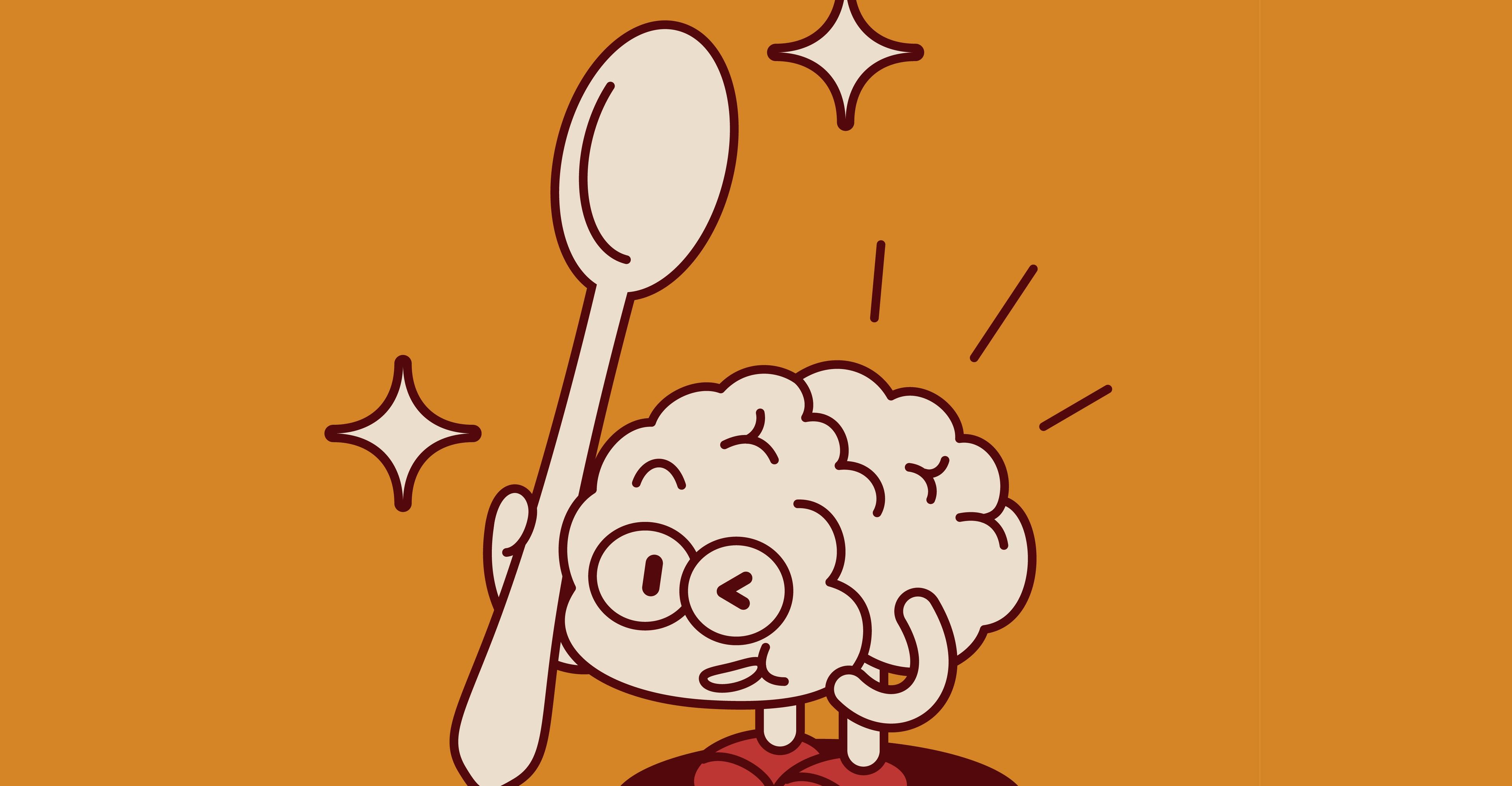Researchers overcome a major hurdle to reverse hearing loss


Neuroscience researchers have found a master gene that controls the development of special sensory cells in the ears – potentially opening the door to reversing hearing loss.
According to details, a team led by Jaime García-Añoveros of Northwestern University, established that a gene called Tbx2 controls the development of ear hair cells in mice.
Frequency Therapeutics, the biotechnology company, is seeking to reverse hearing loss — not with hearing aids or implants, but with a new kind of regenerative therapy.
The company uses small molecules to program progenitor cells, a descendant of stem cells in the inner ear, to create the tiny hair cells that allow us to hear.
Hair cells die off when exposed to loud noises or drugs including certain chemotherapies and antibiotics. Frequency’s drug candidate is designed to be injected into the ear to regenerate these cells within the cochlea.
As per clinical trials, the company has already improved people’s hearing as measured by tests of speech perception — the ability to understand speech and recognize words.
In first clinical study, the company saw statistically significant improvements in speech perception in some participants after a single injection, with some responses lasting nearly two years.
“Speech perception is the No. 1 goal for improving hearing and the No. 1 need we hear from patients,” says Frequency co-founder and Chief Scientific Officer Chris Loose PhD ’07.
Hair cells
Hair cells are the sensory cells in our ears that detect sound and then transmit a message to our brains. They are so named because they have tiny hairlike structures called stereocilia.
Hair cells are found in a structure called the organ of Corti, in the cochlea in the inner ear. The organ of Corti sits on top of the basilar membrane.
Sound waves are funnelled through our ear canal and cause the eardrum (also known as the tympanic membrane) and ossicles (tiny bones called the malleus, incus and stapes) to vibrate. The vibrations, or waves, are transmitted through fluid in the cochlea, causing the basilar membrane to move as well.
When the basilar membrane moves, the stereocilia tilt, causing ion channels in the hair cell membrane to open. This stimulates the hair cell to release neurotransmitter chemicals, which will transmit the sound signal to the brain via the auditory nerve.
Hearing loss
There are actually two types of hair cells: inner and outer. We need both types to hear effectively. The outer hair cells change their shape and amplify sound for the inner hair cells, which transmit the vibrations to the brain.
Hair cells develop before we are born and do not typically divide to create new versions of themselves. As we age, our hair cells die, leading to hearing loss.
Loss of outer hair cells is particularly common.
According to the US Centers for Disease Control, about 8.5% of adults aged 55-64 in the US experience “disabling” hearing loss, with that number increasing to nearly 25% in people aged 65-74, and 50% in those 75 and older.
Scientists have already produced artificial hair cells, but until now didn’t know how to direct the cell to become an inner or an outer hair cell.

The unexpected link between your diet and your anxiety
- 10 hours ago

The mass shooting on Australia’s Bondi Beach, briefly explained
- 10 hours ago
Soccer legend Ronald debuts in Hollywood, to play key role in upcoming movie
- 27 minutes ago

The looming showdown over IVF, explained
- 10 hours ago
UN experts raise objections on India's unilateral actions of May 7 inside Pakistan
- an hour ago

Gold prices plunge in Pakistan, global markets
- an hour ago
PMD to install Advanced Automatic Weather Stations
- a minute ago
Morocco beat Jordan 3-2 after extra time to clinch Arab Cup
- an hour ago
ATC acquits SM Qureshi, awards 10-year sentences each to Dr Yasmeen, Ejaz Chaudhry in May 9 case
- an hour ago
PM Shehbaz performs groundbreaking of Centre of Excellence for Autism
- an hour ago
Gunman in Brown University shooting found dead, linked to MIT killing
- an hour ago

We’re passing a dangerous global warming threshold — but we’re not doomed
- 10 hours ago








